I spend a lot of time with vegetables. Not only am I a dedicated plant-based home chef, but I also have a vegetable garden in my backyard that takes up a lot of my time. Some of my favorites to eat are lettuce and cabbage. They’re crunchy, versatile, and soak up all of the flavors in the dish nicely.
I’m not alone in my appreciation for lettuce and cabbage. They’re both popular vegetables around the world. However, while they certainly have similarities, they have differences in their cookability, nutritional value, and uses.
Below, we’ll cover all of the nuances of the great cabbage vs lettuce debate–how they’re similar, how they’re different, how you can use them, and more! So keep reading to become an expert in cabbage vs lettuce.
Cabbage Vs Lettuce
Most people wouldn’t confuse spinach with green cabbage. However, lettuce varieties like romaine could easily be mistaken for a type of cabbage at first glance.
It may seem like they are the same: leafy green vegetables with pronounced ribs or formed into tight balls. Many differences are essential for the home cook, food lover, and gardener to know. Let’s discuss these differences:
Scientific Classification
Lettuce falls under the Asteraceae family and Lactuca genus, while cabbage is a part of the Brassicaceae family and Brassica genus alongside vegetables like broccoli and Brussel sprouts.
Appearance
The two might seem almost identical if you compare the right varieties initially. Upon a closer look, though, you’ll notice some differences in appearance.
Cabbage heads are typically shorter and more bulbous than a head of lettuce. The outside leaves of cabbage are harder than the inside, while lettuce leaves are the same throughout the head.
Also, lettuce leaves are softer than cabbage seeds and do not have ribs as visible as cabbage leaves.
Water Content
One of the reasons that lettuce leaves are softer than cabbage leaves is the water content. The water content of lettuce, in general, is 95%, while cabbage is slightly lower at 92%.
It is why cabbage needs to be cooked for longer than lettuce.
Nutritional Value
Each variety of cabbage and lettuce has its nutritional values, which we’ll break down more a little later. However, there are some differences between cabbage’s nutritional value and lettuce’s nutritional value.
Cabbage is typically higher in calories, carbs, and dietary fiber. In addition, cabbage beats lettuce for higher vitamin C, B5, B6, and calcium levels.
Lettuce usually has more protein and fats. Lettuce also has more vitamins and minerals, including vitamin A, E, K, B1, B2, B3, and potassium and iron.
Both have a low glycemic index, with cabbage having a glycemic index of 45 and lettuce having one of 32.
Comparison Table
If you need a quick reference between the two, I’ve created one below. It compares 100 grams of an English cabbage with 100 grams of romaine lettuce. Use it to compare the nutritional benefits of cabbage vs lettuce with a glance.
| Cabbage (per 100 grams) | Lettuce (per 100 grams) | |
| Calories | 25 | 17 |
| Total Carbohydrates | 5.58g or 2% DV | 3.3g or 1% DV |
| Dietary Fiber | 2.3g or 8% DV | 2.1g or 8% DV |
| Sugars | 3.58g | 1.2g |
| Protein | 1.44g | 1.2g |
| Fats | 0.12g or 0% DV | 0.3g or 0% DV |
| Calcium | 47mg or 4% DV | 33mg or 3% DV |
| Iron | 0.59mg or 3% DV | 0.97mg or 5% DV |
| Vitamin A | 9mcg or 1% DV | 290mcg or 32% DV |
| Vitamin C | 32.2mg or 36% DV | 24mc or 27% DV |
| Potassium | 246mcg or 5% DV | 247mg or 5% DV |
| Sodium | 18mg or 1% DV | 8mg or 0% DV |
All About Cabbage
Now that we’ve thoroughly explored the main differences between cabbage and lettuce, let’s break down both more. We’ll cover the overall profile, popular varieties, how to cook cabbage, how to store cabbage, and discuss whether or not cabbage is okay for pets to eat.
Overall Taste and Texture Profile
Most cabbages have robust leaves with a hardy structure. Therefore, they can be eaten raw. However, it can be challenging for your stomach to digest cabbage if not cut well enough. That’s why it’s best served raw when shredded into thin pieces.
Cooked cabbage leaves are tender and soft and soak up the dish’s flavors beautifully. They can taste and smell quite strongly. Fermented, the leaves remain crispy. It’s made into both sauerkraut and kimchi, making it one of the most popular fermented vegetables worldwide.
Varieties Available
The most common cabbage varieties available in the US are:
- Green Cabbage, also known as English cabbage, is the most common type. It’s light green and comes in a round ball of leaves. It can be eaten raw, cooked, or fermented in sauerkraut.
- Red cabbage is the second most common. It’s best eaten raw in salads but can be slightly pickled for use as a flavorful slaw for tacos and salads.
- Napa Cabbage is a Chinese cabbage that’s delicious in stir-fries.
- Savoy Cabbage resembles the green cabbage but with more robust leaves, very tender when slow-cooked.
- Bok choy is a Chinese cabbage with crunchy bottoms, most popular in ramen.
- Choy Sum is like bok choy but with more tender and thinner stalks.
Is Cabbage Good For You?
Like all leafy green vegetables, cabbage is a healthy, low-calorie, and low-carb addition to any meal. It’s high in vitamin C, B5, B6, and B9.
Fermented in kimchi or sauerkraut, you’ll also get a healthy dose of probiotics, essential for gut health.
Read the table above for a more in-depth look at a green cabbage’s nutritional profile.
How to Cook Cabbage
While lettuce tends to wilt too much to be any good cooked, cabbage is delicious stewed, wilted, or fried. So, if you’re wondering what to do with cabbage, you’re in luck. There are so many delicious ways to eat cabbage. But, first, let’s cover how to prepare cabbage for cooking.
Preparing a Cabbage for Cooking
Don’t be intimidated by the bulbous cabbage. It’s easy and safe to prepare as long as you have a large, sharp knife and a large cutting board. Before you cut, you’ll want to remove the first few layers of leaves, as they tend to be the hardest and dirtiest.
How To Cut Cabbage
If you’re looking to stew it whole, you’ll simply quarter it. Continue to cut if you want smaller pieces, keeping the flat, cut side of the cabbage on the cutting board for safety.
How To Shred Cabbage
Shredded cabbage makes for a tasty and crunchy topping for soups, tacos, etc. To shred it thinly and safely, simply cut the cabbage in half, then thinly slice vertically. You can also use a mandolin, but be careful of your fingers.
How To Core a Cabbage
Quarter the cabbage and then carefully cut the inside of each water out.
How Do You Cook Cabbage?
Cabbage can be boiled, steamed, fried, stewed, and more. Here are the most common ways to cook cabbage.
How To Boil Cabbage
You can boil cabbage in quarters or cut it as small as you prefer. First, fill a pot up with enough salted water to cover the cabbage completely, then bring it to a boil. Once boiling, add in your cabbage until tender–about 5 minutes for thinly sliced and up to 15 minutes for quarters. You’ll know it’s done when you can easily spear a piece with a fork.
How To Fry Cabbage
Frying cabbage is one of my favorite ways to prepare cabbage. You’ll want to cut it into small pieces or shred it, so it cooks quality and can get browned in the pan.
Without crowding the pan, cook it on medium-high heat until tender with whatever spices you want. I love adding soy sauce, honey, and garlic. It’s also great to fry in a stir fry.
How To Cook Red Cabbage
Most people prefer raw red cabbage added to salads or slaws, but it can be cooked just like a green cabbage–boiled, sautéed, fried, and more.
How To Make Cabbage Soup
One of my favorite ways to warm up on a cold night is this cabbage roll soup. It’s cozy, cheap, and full of veggies!
How To Store Cabbage
Sometimes a recipe calls for less than a half of a head of cabbage, and you’re stuck with the other half. Don’t let it go to waste, though! You can store cabbage in many ways.
You should store it in a dark, cool, and dry spot like potatoes and onions.
Can You Freeze Cabbage?
Yes, you can freeze cabbage, but it takes a little bit of work. Get the full lowdown on how to freeze cabbage.
How Long Does Cabbage Last?
Stored properly, cabbage can last three or more months.
Can Pets Eat Cabbage?
We know that cabbage is good for us, but what about our furry friends? Read below to see if your cabbage scraps are healthy for your pets.
Can Dogs Eat Cabbage?
Cabbage is healthy for dogs. However, beware of feeding them too much! It can cause unforgettable bloating and, worse for you, horrible gas.
Can Guinea Pigs Eat Cabbage
Yes, but it should not be an everyday food. A few times a week is ideal.
Can Rabbits Eat Cabbage?
Not only can they eat them, but it’s also a favorite amongst our cotton-tailed friends.
Can Bearded Dragons Eat Cabbage?
They can eat cabbage once a week as a crunchy addition.
Can Chickens Eat Cabbage?
They can eat all varieties of cabbage, but red cabbage is the best for them.
All About Lettuce
Now that we’ve covered everything you’ve ever needed to know about cabbage, it’s time to break down lettuce in the same way.
Overall Taste and Texture Profile
Lettuce, in general, is much softer than cabbage, which means it’s less often served cooked. Some loose leaf varieties, like spinach, are delicious sautéed, but your most common lettuce varieties like romaine, iceberg, and butterhead are also served raw in salads, as crunchy toppings, or to bulk up sandwiches and wraps.
Lettuce does not have a strong taste in general. Some varieties like arugula can have a peppery kick, but most tend to soak up the flavors around it.
Varieties Available
There are so many different types of lettuce available in US grocery stores and farmers’ markets. Some are amazing cooked while others are better raw. Here are some of the most popular varieties of lettuce available:
- Loose Leaf lettuces are loosely gathered leaves of lettuce that do not grow in a head shape.
- Arugula/Rocket have peppery leaves that can be eaten raw, wilted, or blended into a spread.
- Spinach is tender green leaves packed with nutrients to add flavor to a salad or served sautéed with garlic as a dinner vegetable.
- Butterheads are the round, loosely packed head of lettuce with smooth leaves.
- Bostons have soft and smooth big green leaves that are perfect in salads.
- Bibbs is smaller and more tightly packed than butter lettuce. They’re great as a crunchy lettuce cup for ground meat.
- Crispheads are round, tightly packed heads of lettuce.
- Iceberg is crunchy, mild lettuce perfect for adding texture to a sandwich or taco.
- Ithaca is a tightly packed ball of green lettuce that is crunchy and more flavorful than iceberg.
- Romaine has long leaves and thick ribs, loosely packed together in a bouquet.
- Romaine has long, green, crispy leaves ideal for a hearty salad.
- Red Romaine is slightly bolder romaine with red-tinged leaves, best eaten in salads or sandwiches.
Is Lettuce Good for You?
Lettuce is a highly healthy food to add to your diet. While it has a lot of nutritional value on its own, you can get so much more from it when you pair it with other vegetables in a salad.
No variety of lettuce is unhealthy. However, some are healthier than others. Iceberg lettuce is mainly water, so it lacks the nutrient density of its greener cousin. Spinach, in particular, has significant amounts of iron, so it’s a great staple for non-meat eaters.
For a more in-depth look into the nutritional value of lettuce in general, check out the table above.
How To Eat Lettuce
Lettuce is most commonly eaten in a salad. However, there are so many other ways to enjoy the crunchy vegetable.
How To Make Lettuce Wraps
Whether you’re low-carb or just looking for a lighter meal, these chicken lettuce wraps are killer!
How To Make Lettuce Salad
Salads are either loved or hated, but I think salad-haters are just people who have only experienced the boring side salads that come with a single red onion slice, one olive, and some bland dressing. For a fun salad, check out the filling and tasty BLT salad.
How To Shred Lettuce
I love shredding lettuce to use as a topping for tacos, sandwiches, and dips. Lay a stack of leaves face down and carefully slice crosswise very thinly for a perfect shred.
How To Store Lettuce
There’s nothing sadder than finding a bag of lettuce wilting away in the back of your fridge. Prevent it by storing it correctly as soon as you get home from the store.
How To Keep Lettuce Fresh
Keep lettuce fresh by washing it right away. Then, dry it thoroughly by gently patting dry or investing in a good salad spinner. Then place it into a plastic bag with a paper towel.
Can You Freeze Lettuce?
You can freeze lettuce, but only if you plan to cook it afterward. You’ll be greeted with a wilting, slimy mess if you try to make a salad out of frozen lettuce.
Can Pets Eat Lettuce?
If you have a lot of lettuce about to go bad, you might be tempted to share it with your pet. Read below to figure out if that’s a good idea.
Can Dogs Eat Lettuce?
Yes, it’s a great way to add vitamins to your furry friend’s diet. Just make sure to serve them plain lettuce and not your entire salad, as other vegetables and toppings are dangerous for dogs to eat.
Can Cats Eat Lettuce?
Cats can eat lettuce, but most don’t have any interest in it.
Can Guinea Pigs Eat Lettuce?
Not only can guinea pigs eat lettuce, but it should also actually make up the bulk of their diet.
Can Hamsters Eat Lettuce?
Hamsters love lettuce and other crunchy vegetables.
Can Rabbits Eat Lettuce?
Rabbits can eat some types of lettuce, but be very careful because some are dangerous for rabbits. Iceberg and other high water content varieties can be harmful.
Can Bearded Dragons Eat Lettuce?
Most vets do not recommend lettuce for bearded dragon foods.
FAQs
Here are the answers to the most frequently asked questions about cabbage and lettuce.
Is cabbage keto?
Yes, it’s low in carbs and calories. It’s a great way to bulk up a keto meal without adding carbs and calories.
Does cabbage give you gas?
Like broccoli, Brussels sprouts, and other cruciferous vegetables, cabbage can make you bloat and give you gas.
Is lettuce a vegetable?
Lettuce is a leafy green vegetable.
Are lettuce and cabbage related?
While they can look similar, lettuce and cabbage are not related. Cabbage is more closely related to vegetables like broccoli and Brussels sprouts.
Final Thoughts
There you have it, the ultimate breakdown of cabbage vs lettuce. They’re great additions to a healthy diet and should be eaten regularly. Lettuce is usually eaten raw, where cooked cabbage softens and flavors it wonderfully.
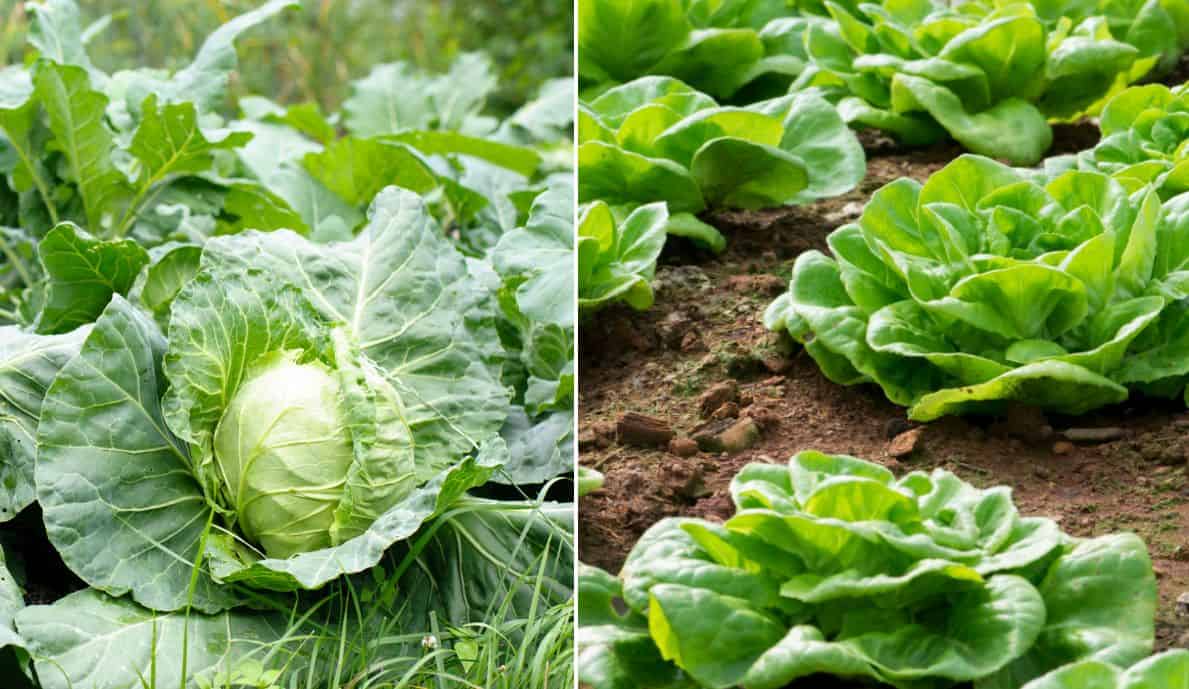
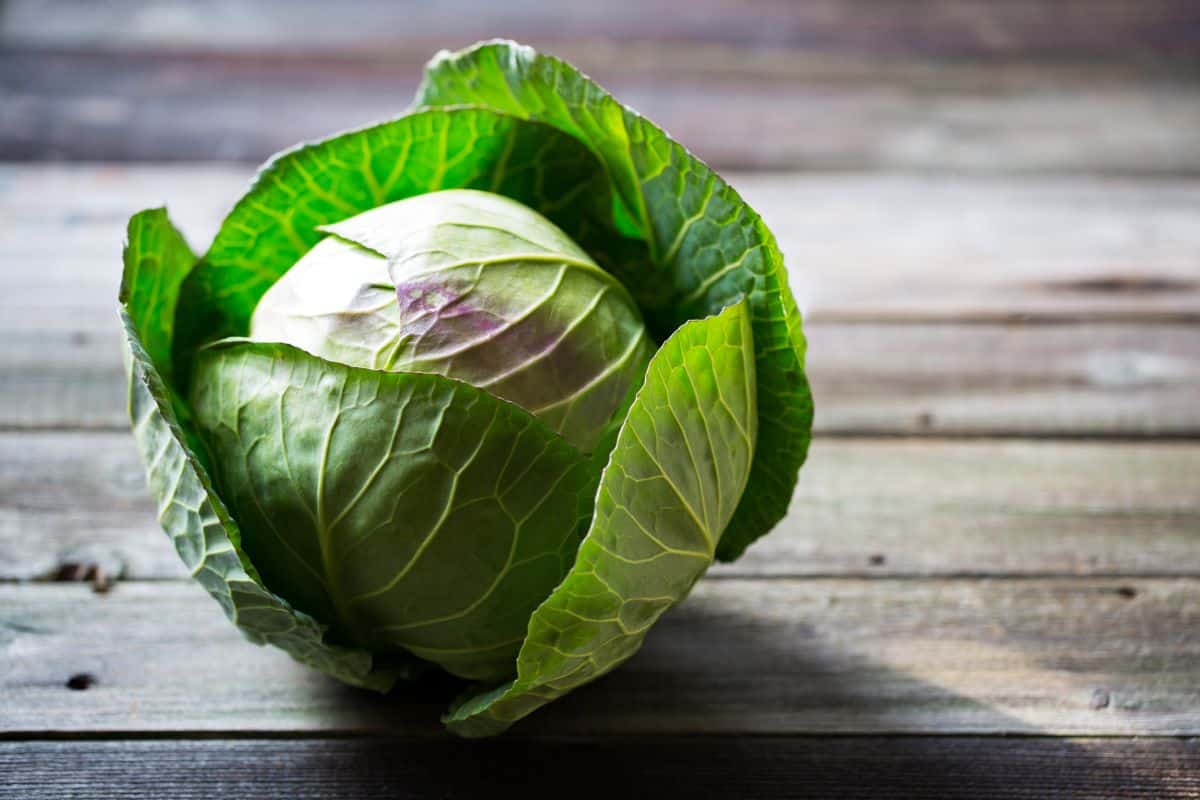
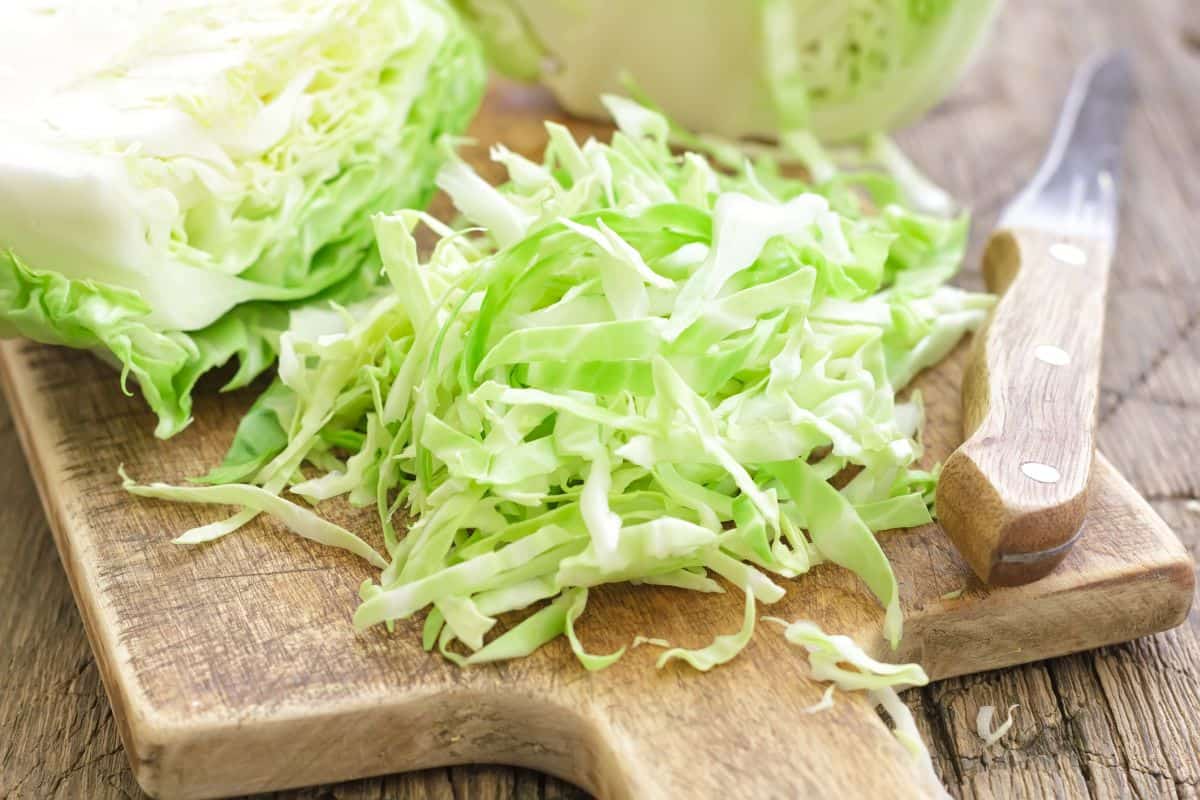
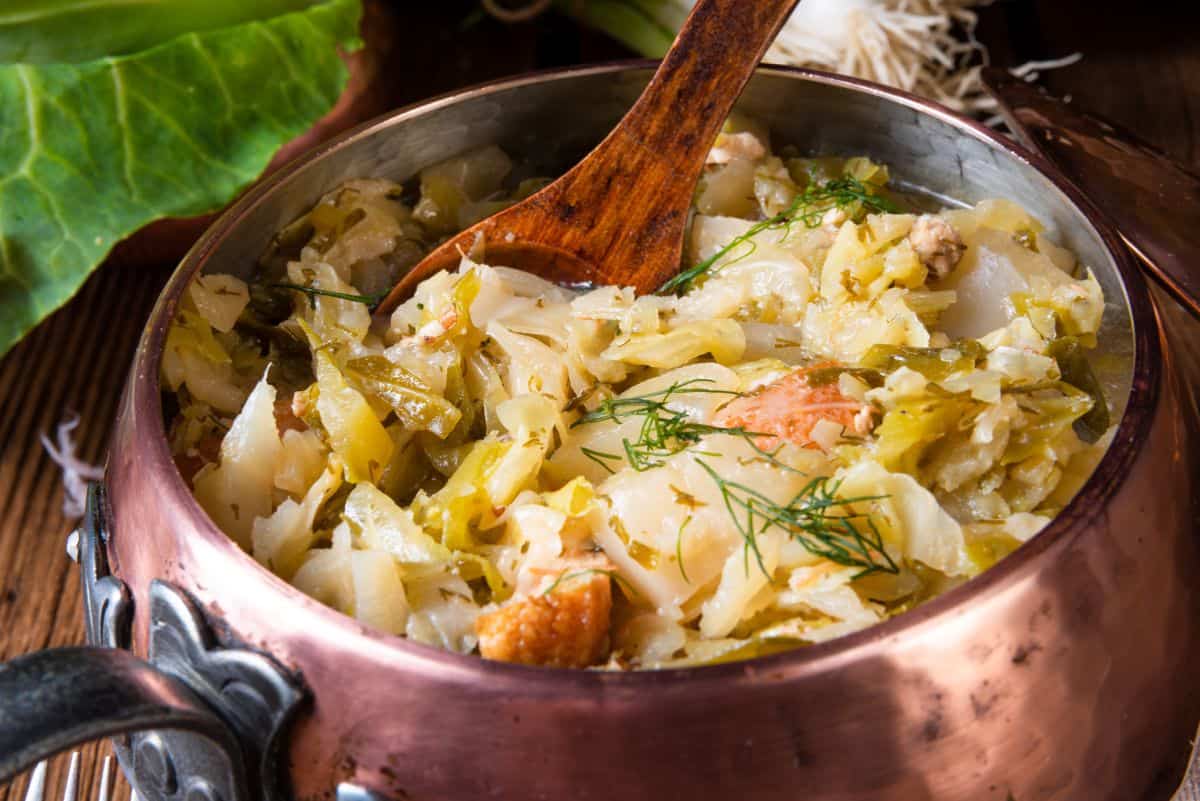

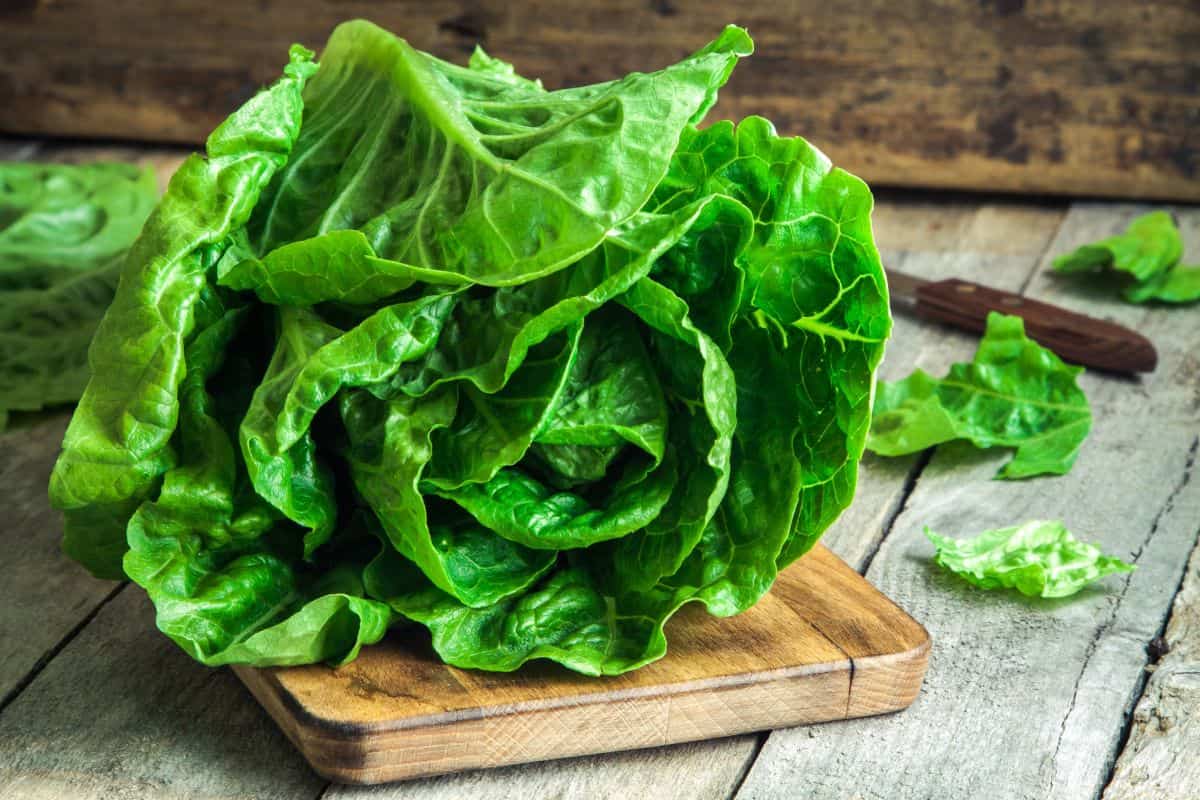
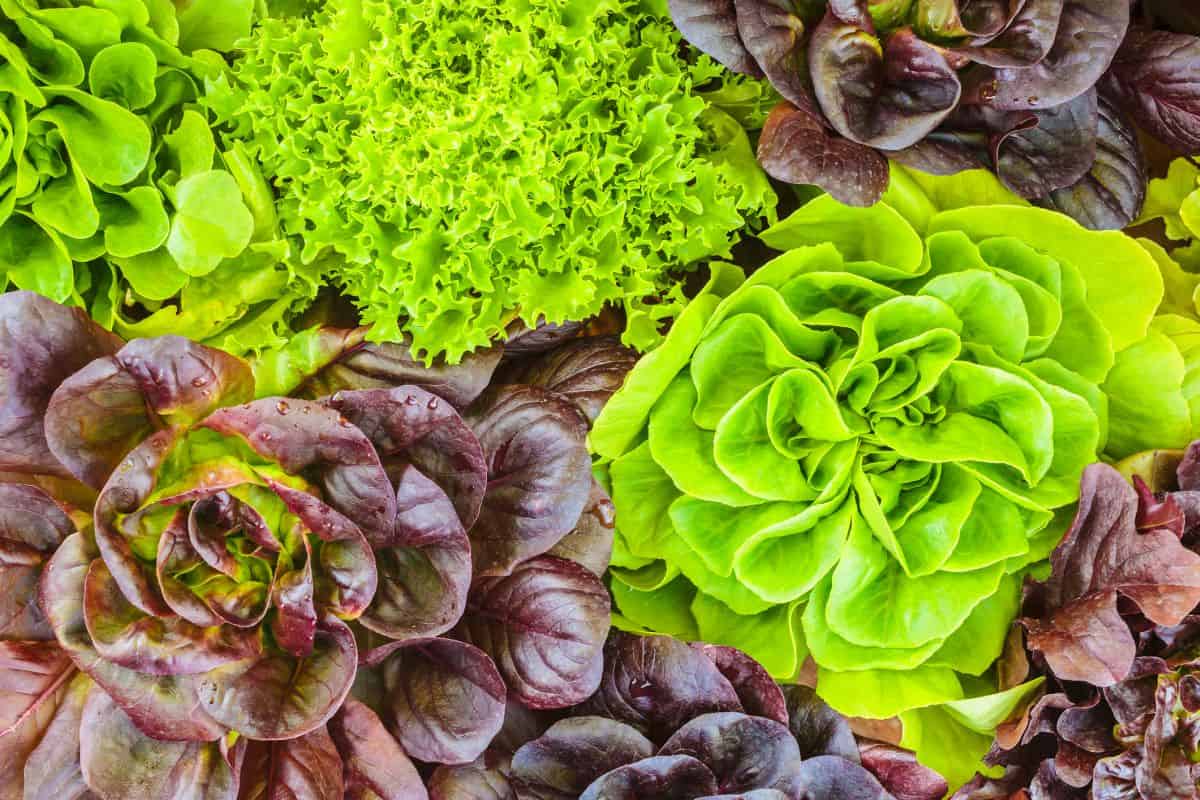
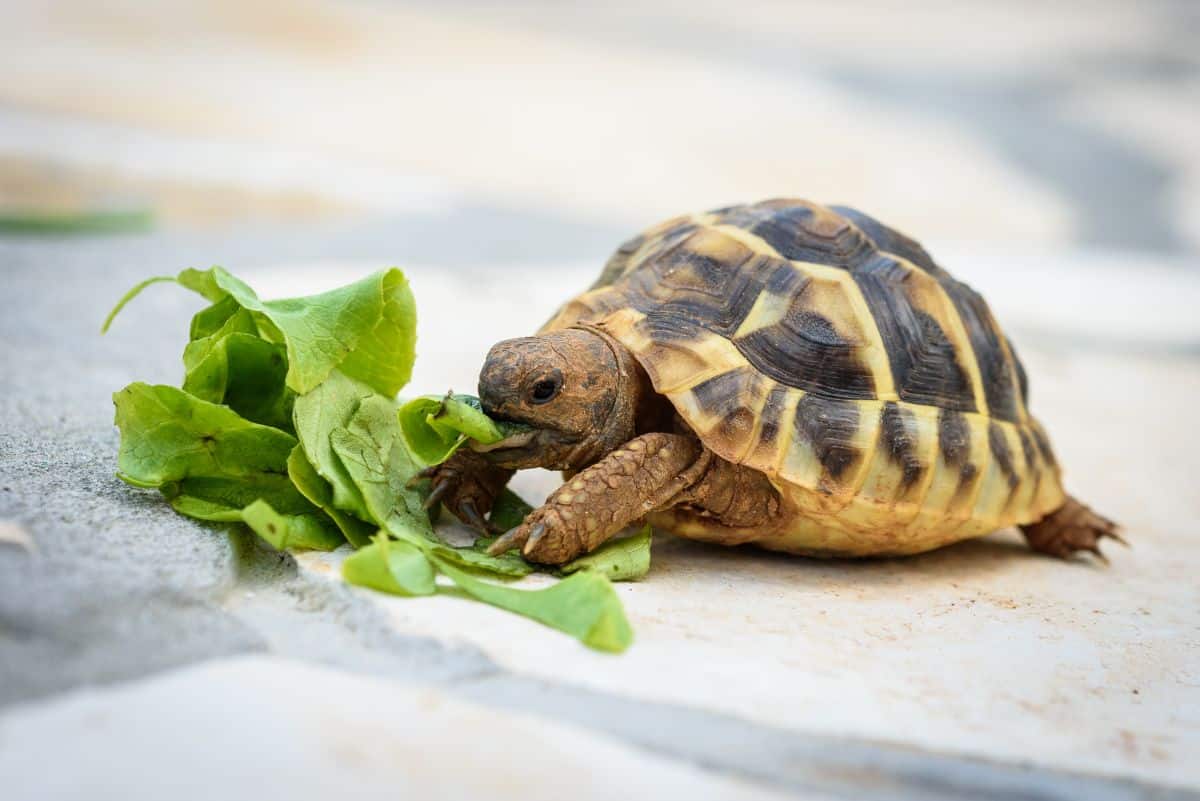
Leave a Reply